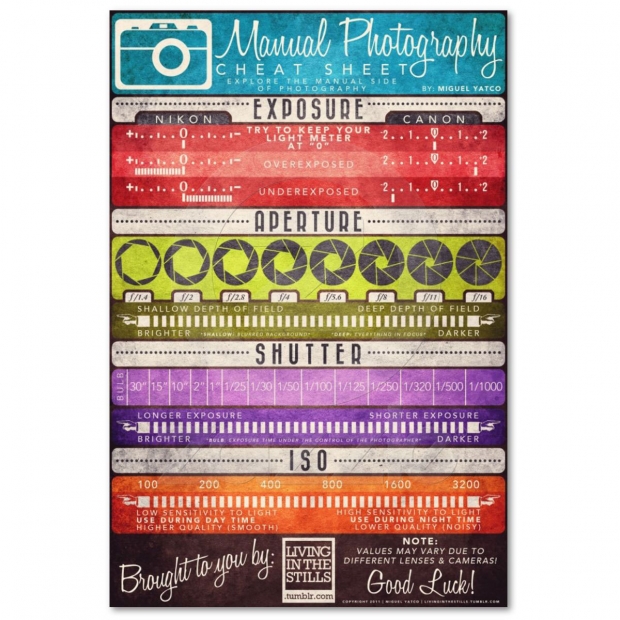Recognizing Structure: The Fundamentals Every Digital Photographer Should Know
Recognizing Structure: The Fundamentals Every Digital Photographer Should Know
Blog Article
Personnel Author-Putnam Cullen
When you grab your camera, understanding the fundamentals of composition can dramatically elevate your digital photography. Techniques like the Rule of Thirds, Leading Lines, and efficient framing aren't simply standards; they're essential tools that can transform your pictures from ordinary to exciting. By mastering these principles, you'll find yourself catching not simply images, but stories that resonate. However what occurs when you start bending these guidelines? Exploring that can result in unanticipated and powerful lead to your work.
The Policy of Thirds
One of the most crucial concepts in digital photography is the Rule of Thirds. This strategy assists you develop balanced and engaging compositions, attracting the audience's eye to the most vital elements in your image.
Envision splitting your frame right into a grid of nine equal get rid of 2 straight and 2 vertical lines. By placing your topic along these lines or at their crossways, you normally boost your picture's aesthetic charm.
Rather than focusing your subject, attempt positioning it off to one side. This approach introduces space and context, enabling customers to explore the surrounding location.
For landscapes, put the perspective along the leading or lower 3rd line, stressing either the sky or the land.
When you're recording pictures, align the topic's eyes along the top 3rd line for a more dynamic look.
Experimenting with the Rule of Thirds will certainly result in more compelling and professional-looking images.
Leading Lines
Harness the power of leading lines to guide your viewer's eye via the frame and create a sense of depth in your digital photography.
Leading lines are all-natural or manufactured components that draw attention and lead the customer's stare towards the main subject. They can be anything from roads, rivers, fencings, and even darkness.
When you integrate leading lines, think of how they can improve your structure. Begin by recognizing strong lines in your scene.
Placement on your own to make use of these lines effectively, guaranteeing they result in your focal point. For https://zenwriting.net/cristi637loan/discover-the-essential-digital-photography-gear-that-will-certainly-kickstart , a path leading into a landscape can stimulate a feeling of journey and invite the visitor to discover the scene.
Explore various angles and viewpoints. Sometimes, capturing from a lower angle can create more vibrant leading lines, while a higher perspective can provide a wider context.
Framework and Equilibrium
Framing and equilibrium play crucial duties in creating visually engaging pictures. When https://blogfreely.net/rhonda09julianne/typical-blunders-new-photographers-make-and-just-how-to-prevent-them mount your subject, you're essentially producing a boundary that draws the visitor's eye straight to the focal point. visit the next site can make use of natural elements like branches, doorways, or home windows to accomplish this result.
Don't undervalue the power of framing; it includes depth and context, making your photo extra engaging.
Equilibrium, on the other hand, guarantees that your make-up really feels secure and unified. You can achieve equilibrium via proportion or by dispersing visual weight evenly across the framework. If https://squareblogs.net/sanora6872lael/important-photography-gear-what-you-really-need-to-get-going position a large subject on one side, think about adding smaller components on the contrary side to counterbalance it.
This technique stops your photo from really feeling unbalanced and produces a sense of efficiency.
Trying out both framing and balance in your photography. Take several shots from different angles, changing just how you mount your topic and just how you disperse elements within the scene.
As you method, you'll establish an intuitive understanding of exactly how to create compositions that reverberate with customers and stimulate emotion. Remember, understanding these components can transform an ordinary picture into a striking artwork.
Conclusion
By mastering composition methods like the Guideline of Thirds, Leading Lines, and Framework, you can raise your photography to new elevations. These concepts aid you create balanced, appealing photos that draw viewers in and tell compelling stories. Remember to experiment and count on your impulses as you exercise these fundamentals. With time and devotion, you'll change regular shots right into artistic expressions that absolutely reverberate with your audience. Maintain capturing, and allow your imagination sparkle!
